
On a recent birding and camping trip we found ourselves on the road in between Cue and Meekatharra in Western Australia’s mid west region. Last year the area had had no significant rainfall and so a brief stop at Lake Nallan was not worth a mention, because it was completely dry. This year there was water in Lake Nallan when we arrived late in the afternoon and as a result of that we decided to camp overnight. The ephemeral lake is approximately 20 kilometres/12.5 miles north of the very small township of Cue and is signposted as a nature reserve allowing camping of up to 48 hours at a time. There are no facilities other than rubbish bins, so you do need to be self-sufficient. The landscape can be dry and unforgiving, but add a little water and the ground soon comes alive with wildflowers and other small shrubs will soon flower. The lake had a maximum width of about 450 metres during our visit.
Lake Nallan
Hardy wildflowers in gravel
Pulling up at Lake Nallan late in the day we soon noticed there were a few birds in the area and most significantly was one lone Yellow-billed Spoonbill. This was our first for 2017 and not surprising that it was alone, because they often are. Royal Spoonbills are often accompanied by others of their kind, but not the Yellow-billed Spoonbills. There was also a small group of Red-necked Avocet and Black-winged Stilt in the middle of the lake and they were often being disturbed by a Whistling Kite. There were only seven of each species and during the late evening we heard them take off vocally and they were no longer there in the morning.
Yellow-billed Spoonbill and Pink-eared Ducks
The Australian Shelducks were the dominant duck and several pairs lined the edges of the lake and other ducks included Pink-eared Ducks and Grey Teal. There were three Banded Lapwings present and both Hoary-headed Grebes and Australasian Grebes. Tree Martins, Budgerigars, Magpie-larks and Welcome Swallows were active around the lake in the evening alongside Torresian Crows, Willie Wagtails and Zebra Finch coming in for water. Pied Butcherbirds called out often with their melodic whistling and there was the occasional “peep” from the pairs of Black-fronted Dotterels. Just as we were enjoying the last of the evening light there was movement at the edge of the lake and we had a lone Common Bronzewing walk towards the water and take a drink and then fly off. The noise of the wings in flight is quite distinct, but with it walking in we had not heard its arrival and only seen the shape moving in the half-light. We heard it leave quite easily!
Australian Shelducks
There was one lone Black Swan present and also one lone male Musk Duck. The Musk Duck is a tricky duck to photograph at the best of times, because it is constantly diving and does not spend much time above water, but considering its lone location in the mid-west of Western Australia at an ephemeral lake with not much depth it was worth an attempt! The Musk Duck is one of the oddest ducks in Australia with its large lobe of skin hanging below its bill.
Lone Black Swan
Lone male Musk Duck
The following morning we were soon awoken by the sounds of the bush, which included flocks of Galahs moving in to drink. Singing Honeyeaters, White-plumed Honeyeaters and Spiny-cheeked Honeyeaters were actively feeding on the nectar in surrounding bushes and the unmistakable sound of the Crested Bellbird rang out from the nearby bush. A wander around the perimeter of the lake found Red-capped Plovers, Crested Pigeons, Western Bowerbird, Diamond Doves, Red-capped Robins and Australian Magpies. Other birds of prey included Nankeen Kestrels, Brown Falcon and a Peregrine Falcon upsetting all and sundry!
If you happen to be driving the Great Northern Highway through the middle of Western Australia it is worth a stop to see what is about in the way of bird-life…especially if there is water in the lake!


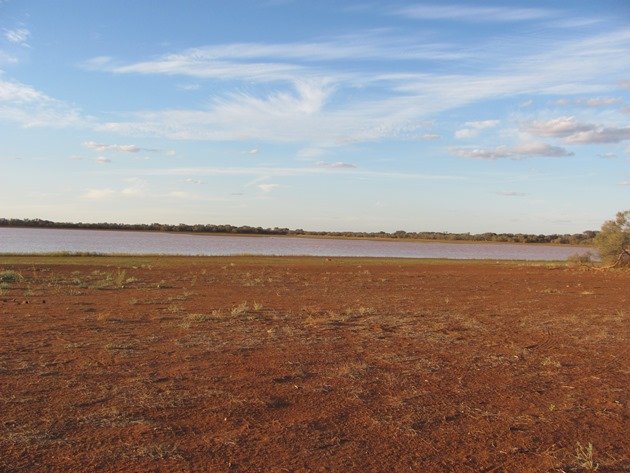
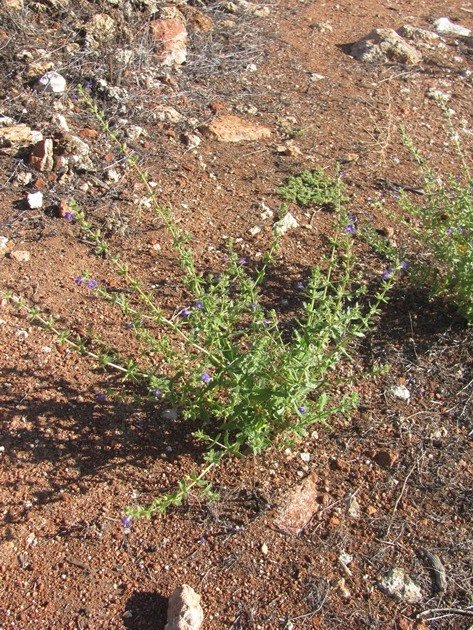
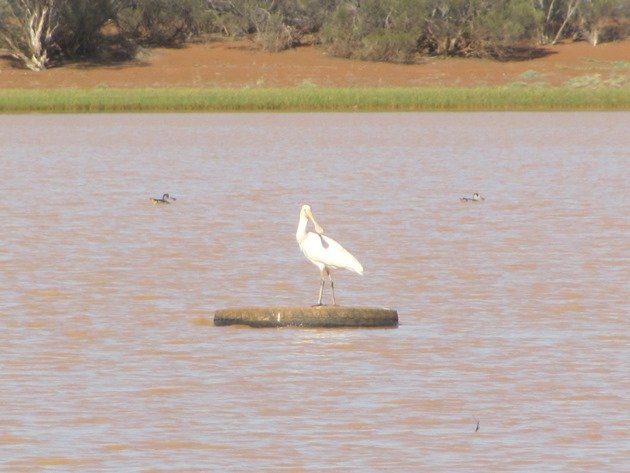
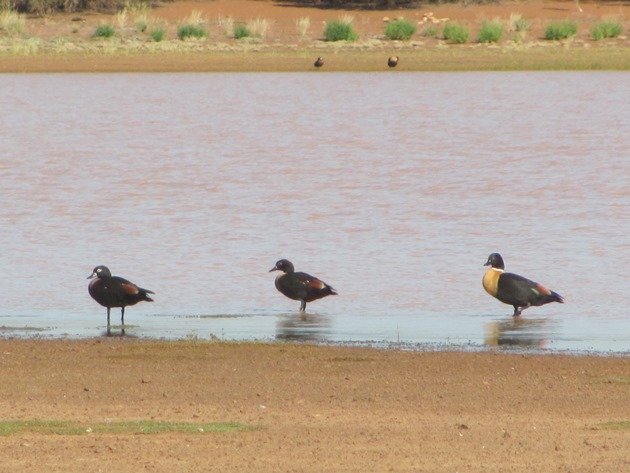
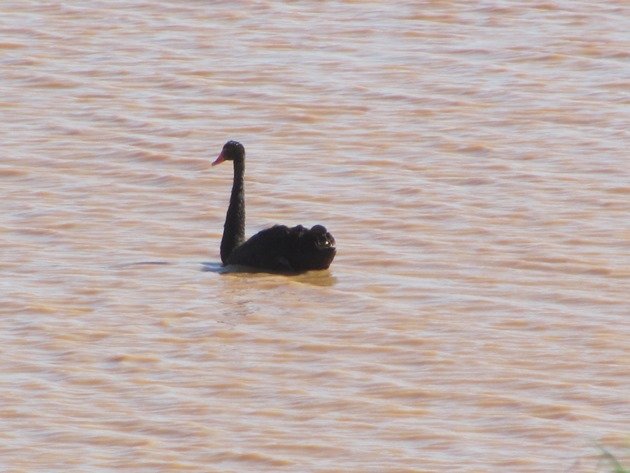
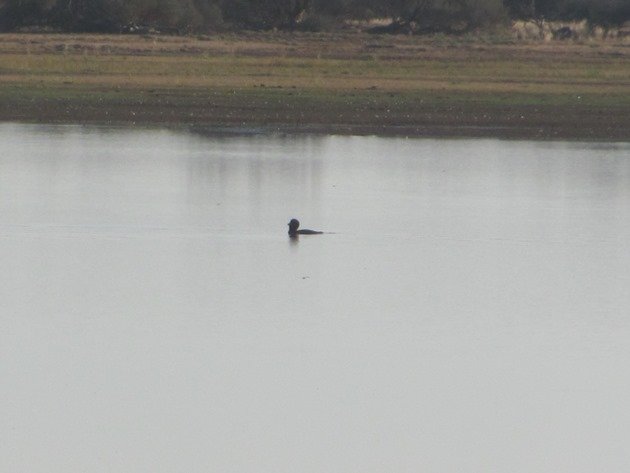
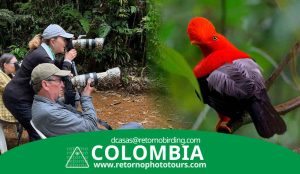


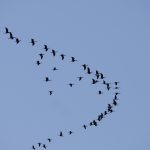
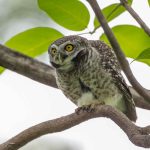
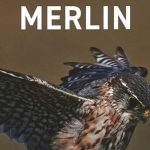
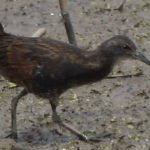

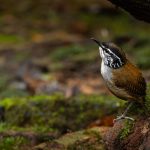

Sounds wonderful. Do you know if any owl species in Australia migrate in response to the presence of water?
Owls don’t migrate, but there are always small lizards, small marsupials and rodents to eat even in the dry areas.